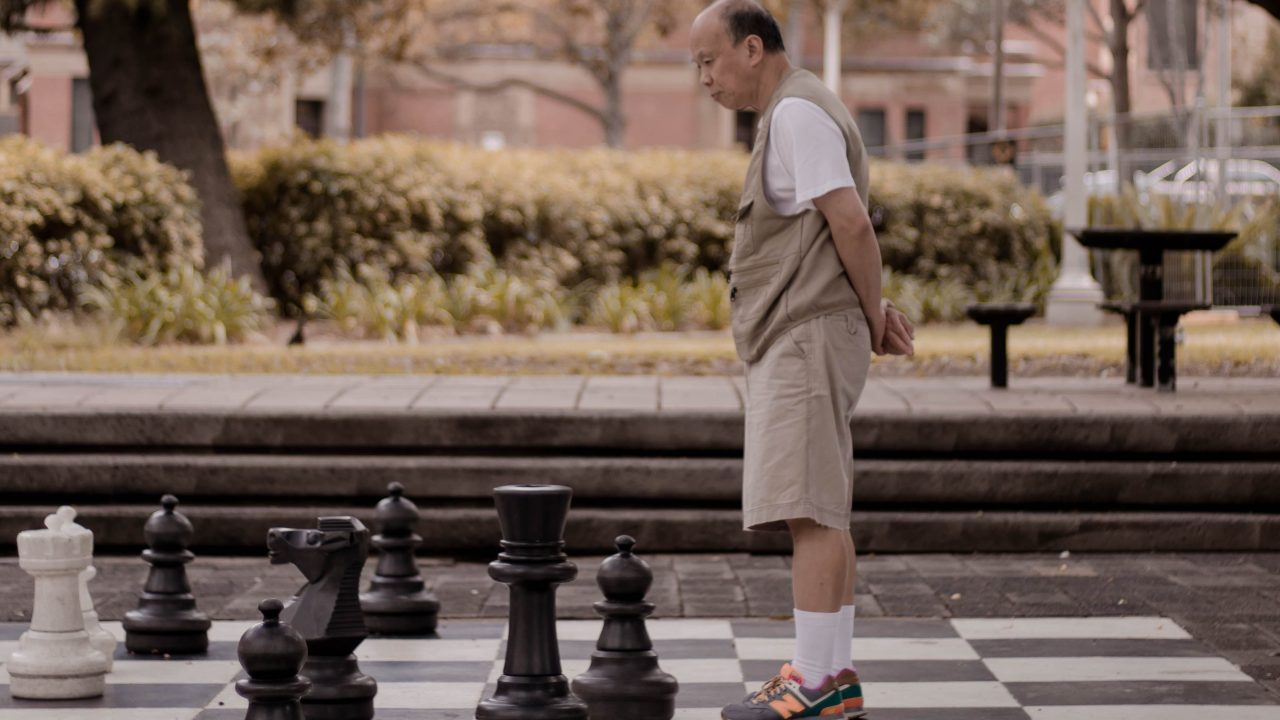
A couple of years ago, New Zealand’s Office for Seniors initiated the development of a “Healthy Ageing Strategy.” Toward that end, they invited leading national organizations and agencies to contribute thoughts to their process. One of the most astute responses came from David Pannett, Senior Manager of Planning, Performance, and Advocacy Services for Creative New Zealand, The Arts Council of New Zealand Toi Aotearoa.
In responding, Pannett wasted no time firmly capturing the opinions of Creative New Zealand:
“We read your discussion document with interest but we struggled to find acknowledgement of the essential role that arts, culture, and creativity play in supporting better health and well-being outcomes for senior New Zealanders.
Given their powerful impact on health and well-being, we recommend that arts, culture, and creativity take an integral role in the new Ageing Population Strategy [bolding in original]. The depths of evidence and supporting practice around seniors’ participation in programmers point to the need for it to take a much more prominent role in how we support seniors.”
Pannett founded his assertion on evidence from the UK, Wales, Australia, and New Zealand itself. Together these reports greatly underscore the case for the arts as a rich source of wellbeing. For instance, in the UK, an All-Party Parliamentary Group on Arts, Health and Wellbeing released a report which determined that:
“The arts can help keep us well, aid our recovery and support longer lives better lived; The arts can help meet major challenges facing health and social care: ageing, long-term conditions, loneliness and mental health; The arts can help save money in the health service and social care.
A growing body of evidence and practical experience shows that engagement in the arts should be considered an integral part of healthy ageing. Social isolation and loneliness affect people of all ages. In older adults, social participation is more beneficial for health than giving up smoking.
Sense of meaning and purpose in life can diminish with age. An estimated 40 percent of older people living in care homes are affected by depression, compared to 20 percent of older people living in the community. People with depression have a 50 percent higher risk of early death than their contemporaries without, which is comparable with smoking. Participatory arts sessions in care home yield improvements in residents’ wellbeing and the quality of care being provided by staff.”
The report adds:
“Falls are a major factor in older people entering residential care. One hour of dancing per week for six months by healthy older people has been shown to improve cognitive, tactile and motor performance while proving more engaging and popular than many fall prevention programs.”
Finally, it notes that arts engagement helps to delay the onset of dementia:
“Evidence is emerging that arts engagement helps to delay the onset of dementia. Musical training can enhance the plasticity of the brain and visual art can improve cognitive functioning. Engagement in creative and cultural activities can improve the quality of life for people with dementia and their carers.”
In Australia, the New South Wales State government has a strong Arts and Health strategic framework, including funding for an Arts on Prescription program, which combines arts programs with traditional health care to help older people improve their physical and mental well-being. Research on that program found that:
“Engaging with the arts improves the well-being of older people by: assisting older people to overcome social isolation; improving mental well-being, confidence and self-esteem; helping people throughout periods of loss and bereavement; and improvements in measures of physical health, such as functional ability, joint mobility and cardiovascular fitness, allowing older people to undertake increased levels of general daily activity.”
The Welsh government requested the Arts Council of Wales explore a strategic approach to arts and health. The council produced a research report describing some of the activities taking place in Wales. One particular case in the study may be very helpful to us:
“Dance for Parkinson’s invites people with Parkinson’s and their carers/family to take part in a high quality dance source three terms a year that is creatively driven by the repertoire of the National Dance Company Wales and English National Ballet. Since the project began, participants have not only gained a deeper understanding of dance and of the work of the National Dance Company Wales, they have greatly improved this confidence and reduced the feeling of isolation. This happens alongside the main benefit of an involvement in physical activity that helps participants cope with their symptoms and learn to understand the level of ability their bodies are still able to achieve.”
Finally, since this initiative to collect the findings of other countries emanates from New Zealand, it is instructive to take a look at what they themselves have reported. In a longitudinal study of older New Zealanders, Te Puawaitanga O Nga Tapuwae Kia ora tony/Life and Living in Advanced Age, a Cohort Study in New Zealand, a section on dementia reports:
“Older Maori have substantial roles involving advance cognitive activities and, along with Kappa haka (traditional group dance), cultural activities may provide greater cognitive stimulation and thus preservation of contrition with advanced age of Maori.”
Note: For more on the impressive progress that the UK is making in the arena of creative aging, I highly recommend Baroness Sally Greengross’s article “Healthy Ageing and Well-Being in Britain and the World,” which appears as Chapter 13 in Paul Irving’s excellent book The Upside of Aging.
Skip over related stories to continue reading article








Comments